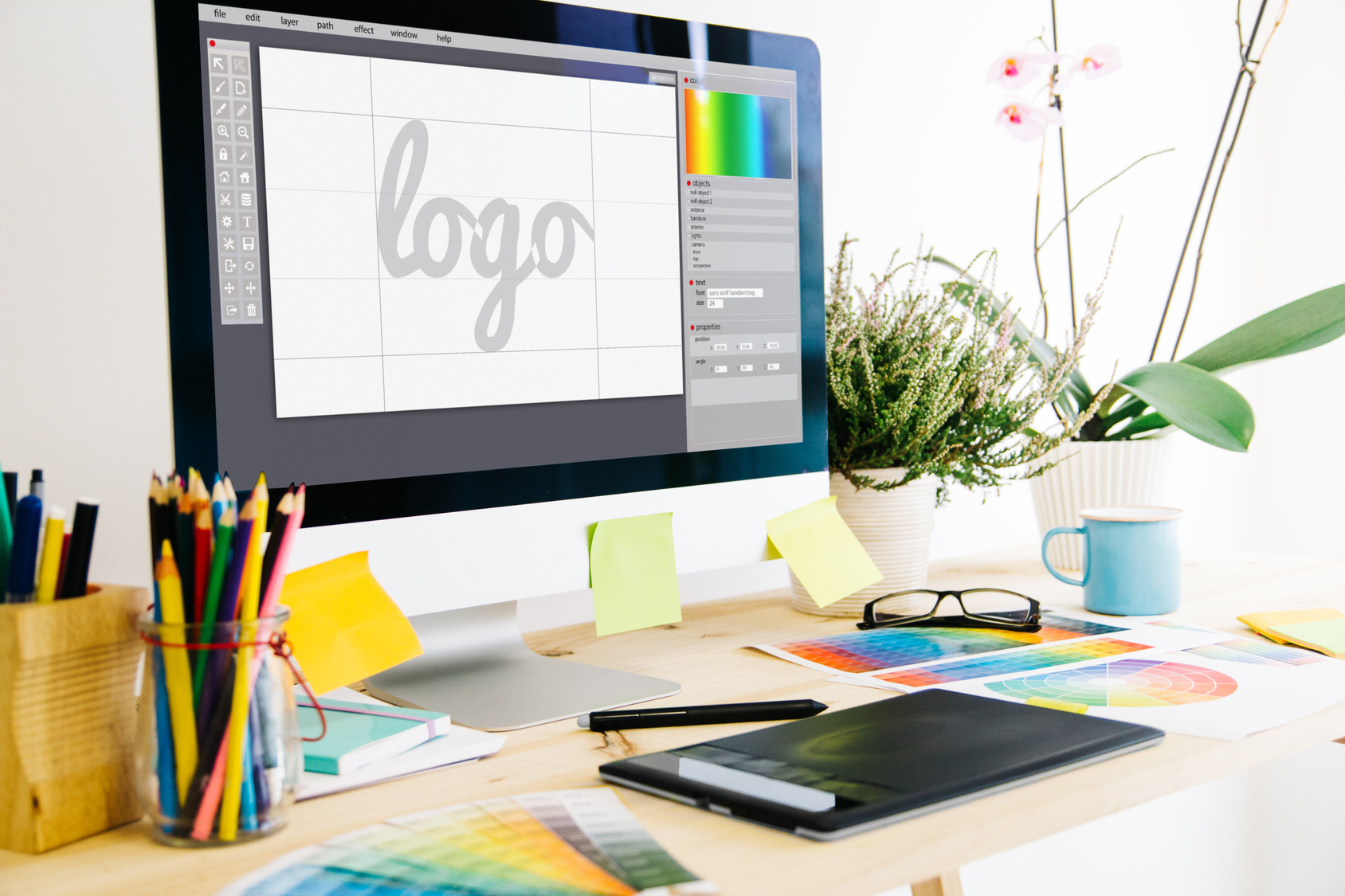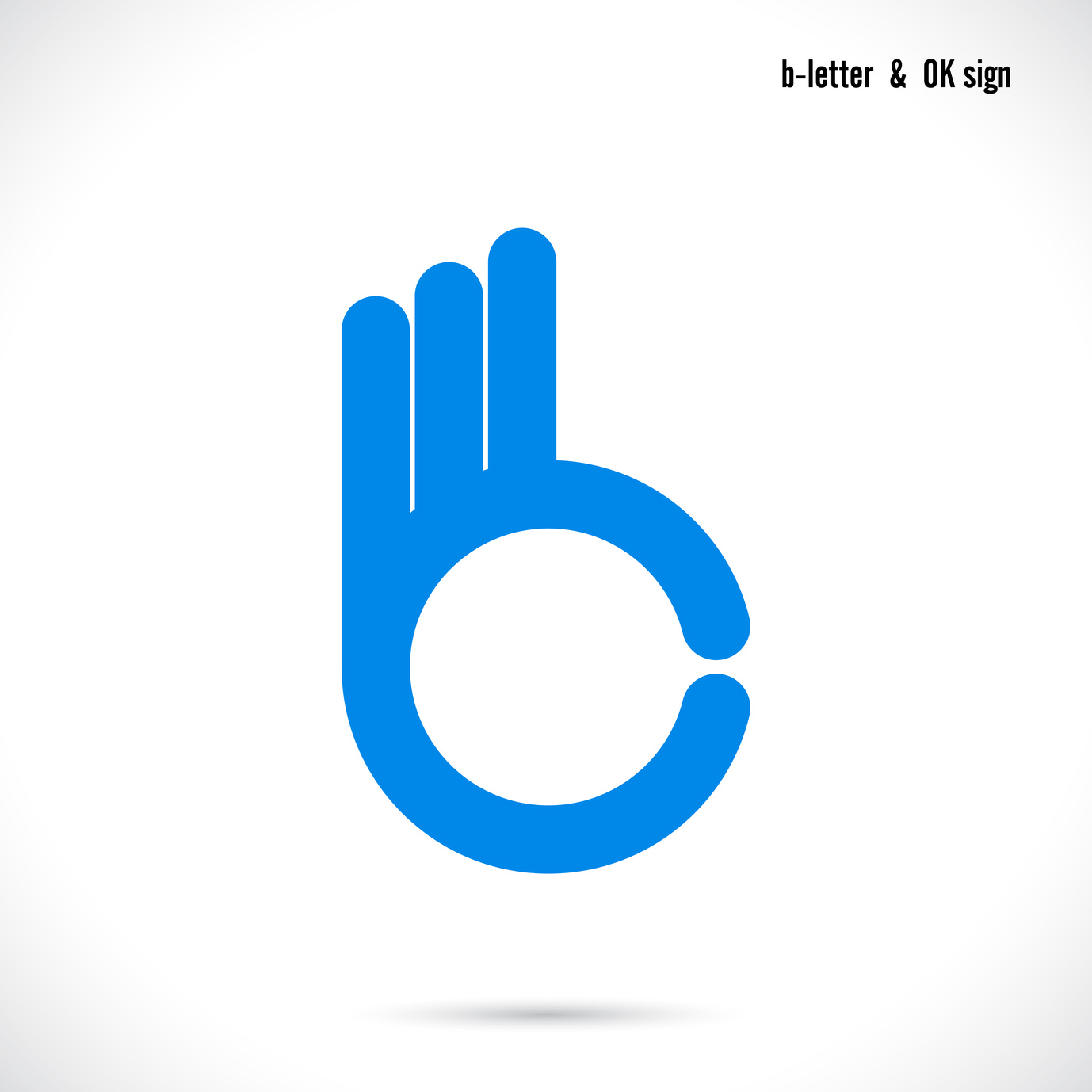Designing a High Class Adult Logo for Escort Services
Posted on August 25, 2017 by Logo Design Tips and Tricks

There’s a variety of escort services available, but not all are held to the same standard.
To find the right customers sometimes requires clever marketing, such as an elegant adult logo to differentiate your service from the competition.
In this post, we’ll discuss the different elements of logo design and give you some pointers on how to design your own logo for high-class escort services.
Designing a High-Class Adult Logo
Designing a fashionable and captivating adult logo might be simpler than you think. The trick, however, is to make the logo unique enough to express the high-quality service but to differentiate the service from the competition as well.
Before jumping into designing a logo, check out the tips below to help make your logo as classy as it can be.
Design Elements
The design elements of your adult logo should reflect the high-class nature of the service. Rather than relying on cliche symbols like “XXX” or a silhouette of a woman kicking her leg into the air, try creating something more subtle.
However, whatever the logo is depicting should be clearly recognizable. Don’t try getting too abstract with the logo as it could detract from its meaning, and therefore the message you’re sending to the potential client. The logo should feature soft and flowing lines which depict the sensuality of the escort service.
Color Scheme
When designing an adult logo, don’t stray too far from the tried and true color schemes of adult entertainment. If you choose the wrong color scheme, your logo might become the reason your service is losing out to the competition. Stick with varying shades of red as it usually depicts passion. Other, cooler colors like shades of blue might send the potential client the wrong message.
Iconography
The images depicted on your logo should reflect both the nature and the quality of your escort service. Use symbols which are easily understood by the potential client. The outline of lips or of a high heel, for example, will convey the purpose of your service. Other symbols, such as the heart used by Escorte Paris, helps to convey the warmth and companionship associated with escort services. Don’t be afraid to use other symbols, but also be careful you don’t dilute the message you’re trying to convey.
Use Negative Space
Sometimes design elements don’t have to consist of anything. To keep your logo from getting too cluttered, consider making use of available white space to create depth and to ensure the clarity of your message.
Keep It Simple
The most important aspect of any logo is how well it communicates the intended message to the potential client. To keep your message clear and on point, avoid using unnecessary elements. Instead, try to keep the logo a simple as possible. Your new logo should be appealing to the viewer and simple enough so that the eye is drawn to it rather than other, noisier logos.
Getting Started
Designing a logo can seem like a daunting task. But if you combine the right elements together, your logo will not only reflect the classy nature of your service, but it will draw in more clients, as well.
To get started on designing your own logo, check out our free logo maker. If you’re still unsure of how to proceed, check out this free logo maker tutorial.
Designing an Ecommerce Logo: What to Keep in Mind
Posted on August 24, 2017 by Logo Design Tips and Tricks

An online shop survives on customers being able to find its website easily. It’s also important for a site to give a good first impression so that customers will want to explore more.
Designing and using an ecommerce logo can make a difference in both of those areas. It’s important especially for small businesses or businesses that are new to the online market.
If you’re in the process of creating or redesigning your ecommerce logo, we have a few tips for you to keep in mind.
You want to make sure your logo does everything it should to give your site a boost.
Include Your Name in Your Ecommerce Logo
Logos are a great way to grab a customer’s attention when they first land on your site.
You should be sure to include your company name as a text element that goes with your visual element.
Customers should know exactly whose site they’re on. As they start to explore your site they’ll begin to associate the products with your name.
The next time they’re shopping for what you sell, they’ll know exactly what site they want to go to.
Even if they can’t remember your exact web address, they’ll be able to search for your company by name. They won’t use a generic search which could lead them to a competitor.
Do Your Research
If your ecommerce site is one out of dozens in your industry, your logo is your first chance to stand out from the crowd.
Spend some time looking at your competitors and what they’ve done with their logos. You may find that there are industry logo trends that several of them have used in their designs.
If you do notice a pattern, keep that in mind when designing your logo. You may want to use some of those same elements so that you’ll be recognized as a part of that industry. You will also want to incorporate fresh ideas that will make your company stand out.
Picture How it Will Look on a Product
As your site catches its following, there may be the chance for you to promote your brand by using your logo in more places than just your homepage.
You may want to include it on promotional items, such as t-shirts, cute mouse pads, pens, etc.
If you design your logo to look just as good in real life as it does online, your opportunities for marketing and promotion will expand.
Start Designing
The first step to designing your ecommerce logo is identifying what it is about your company that you want a logo to say.
A logo may seem like just a small part of your marketing strategy. But it may be the first chance you have to grab your customer’s attention and communicate with them about who you are and what you do.
If your logo doesn’t inspire customer’s to explore your website more, you’re missing out on an opportunity to generate business.
Have any questions on designing an ecommerce logo, or ready to start creating? Contact us today!
Defining the SEO Logo for your Business
Posted on August 24, 2017 by Logo Design Tips and Tricks

In the increasingly competitive business world, keyword SEO is no longer enough to set your company apart.
Though some companies are better at keyword SEO than others, it takes more to give yourself an edge.
That’s where an SEO logo comes in.
Integrating SEO into logo design is not something every company has caught onto yet. Either they don’t understand how it works or, they think it’s too complicated.
The truth is, with some basic guidance, choosing a logo with SEO built in is easy. And, it’s a great way to drive more visitors to your site.
In this article, we’re breaking down the benefits of having an SEO logo and, we’re sharing the ways to pick one that will market your business.
What is An SEO Logo?
An SEO logo is a logo that has a keyword attached to it.
Search engines can pick up on that keyword and use it as another way to rank your site.
The most common way to add a keyword to an image is through the ALT attribute of an image tag.
This adds text to an image and gives you a chance to associate a keyword with your logo.
When using ALT text with an image for SEO, you want to be careful to pick a keyword or phrase that is short and concise.
Also shy away from using your business name as your ALT text. Search engines are already pretty good at ranking your business if someone searches for your name specifically, so that would be a wasted opportunity.
How to Choose The Right Logo
The whole point of optimizing your logo is for more people to see it. You want to make sure that the logo they’re seeing represents your business accurately.
Because our online attention spans are so short, people often use the mere sight of a company’s logo to decide if they want to go any further on a company’s website.
You want to design a logo with visual elements that will draw a customer in. You also want to answer two important questions about your company: who you are and what you do.
Think about who your target audience is and do some research to determine what style they might like.
You’ll have to make decisions about what colors to use and how to balance text elements with visuals.
Keep that ideal customer in mind as you think through those things. The better job you do of marketing to the right people, the more your business will grow.
Start Designing Your Logo
Having an awesome logo isn’t simply an option anymore; it’s essential.
And, there’s never been a better time to start designing your logo with SEO in mind.
Still an under-the-radar tactic, using an SEO logo can give your business the edge it needs. And, in today’s competitive world, who would say ‘no’ to that?
How to Make an Stylish Logo for a Sign Company
Posted on August 24, 2017 by Logo Design Tips and Tricks

The most iconic logos share one trait: they’re simple.
That’s not to say that the design process is–far from it. In fact, designing a stylish logo can leave even the most talented designers scratching their heads.
If you’re stuck while making a logo for a sign company, don’t panic. We have plenty of ways you can make this process better and fun.
Here’s how.
Question: What’s a Stylish Logo for This Company?
“Stylish” could mean many different things for different clients. For instance, let’s say that the sign company in question makes striking signs in Texas. That’s a different aesthetic from a client in New Hampshire.
So, you need to consider the context that people will see your logo in. What kind of people will view this logo? Will it appear on a billboard or a family-friendly establishment?
Put yourself in the shoes of the audience. Once you have answers to these fundamental questions, logo design will come much more easily to you.
Consider Words, or Not
Whether to include words or not in the logo is a case-specific question.
Consider if the sign company has a catchphrase that might fit on your logo. Maybe you could come up with one, with their consent. You should try to experiment with different phrases and fonts with an online logo maker.
On the one hand, a nice phrase included in a logo can really stick in a person’s head (have you heard about Google.com?). But, too many words can become sensory overload for the viewer.
Sometimes, it’s better to keep things wordless.
Pop with Color and Imagery
There are many different ways you can make a perfect logo through visuals alone.
If you can hone in on a good image, it could be perfect for your logo. Like the Nike swoosh, certain images have the potential to make a company stand out. The same is true for the sign company you’re designing a logo for.
Colors can catch a viewer’s eyes, too. Take a look at the different effects of color on the mind. If you can harness those properties with lighting technique and color contrast, you’ll catch eyes like fish in a barrel.
Still, don’t overdo it. Just because you have a lot of ideas doesn’t mean they’re all fantastic.
Your thought process before you turn in the final product should be jammed with thoughts and experimentation. But if there’s too much going on in the logo itself, disaster could strike. Just look at some of the biggest logo fails ever.
The final logo should be crisp, clean and simple.
It’s Time to Create
With the right information, you’re much better prepared to make a stylish logo for a sign company. The right logo will attract eyes to that company while also leaving you satisfied with the research and work that went into your design.
Are you looking for more tips and advice on logo design? If so, feel free to check out the tutorial on our website.
Good luck!








